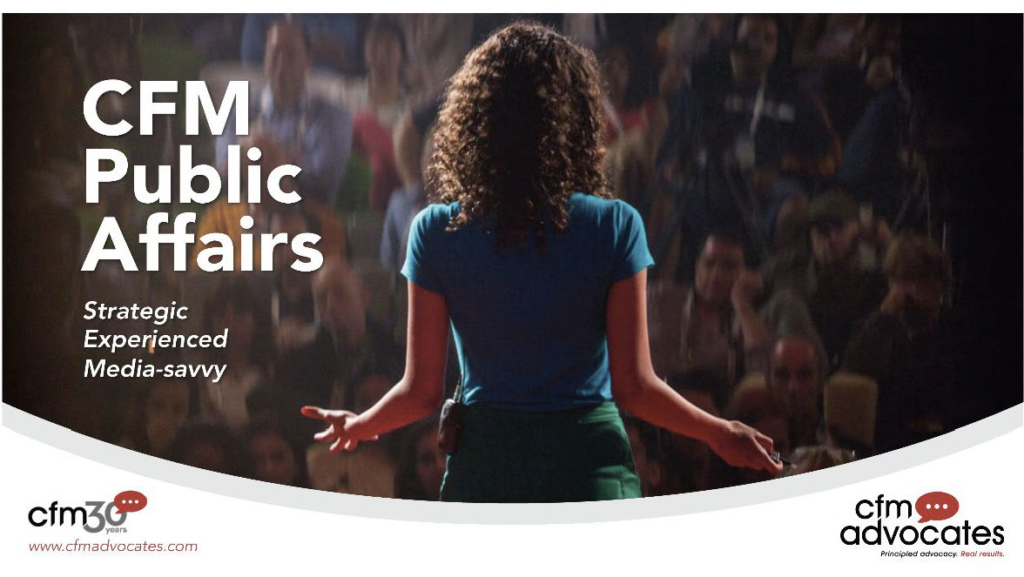
An effective, safe COVID-19 vaccine appears just around the corner. However, the politization of the virus, wearing masks and social distancing may have created an aura of distrust that discourages some or perhaps many people from getting vaccinated.
Selling public health and safety – from wearing seatbelts to smoking cessation – has been a constant challenge. What persuades people to do what’s in their own best interest? What works best – the carrot or the stick?
Carrots and sticks might represent an option on wearing masks. You could mandate masks and deny access to hospitals, restaurants and grocery stores for those who refuse to wear a mask.
Carrots and sticks don’t translate as easily to vaccinations. There can be medical and religious exemptions. Some people may not be able to afford the cost of a shot or have access to medical professionals to get one. But by far the biggest barrier is skepticism. During the 2018-2019 flu season, only 45.3 percent of adults got flu shots. The percentage was lower among people of color.
The skepticism isn’t limited to COVID-19. The incidence of measles is spiking globally, largely because of insufficient vaccination, which has been exacerbated by the COVID-19 pandemic. In 2012, there were only 55 cases of measles reported in the entire United States. In 2019, the number rose to 1,282 spread across 31 states. The global death rate attributed to measles reached 207,500, a 50 percent increase in just three years.
Communications professionals have argued for years over the best approach to convince people go act in their own self-interest. Remember those ads showing horrific accidents for distracted drivers? They didn’t work, which led to laws that imposed steep fines for people who persisted in looking at their smartphone instead of the roadway.
Drunk driving has been and continues to be a chronic problem. Laws are in place that can strip the driver’s license of an abuser. Legal liability cautions bartenders to cut off or deny service to drinkers who are tipsy. But arguably the most effective approach to limit DUIIs and deadly accidents came from Hollywood.
The Harvard University School of Public Health appropriated the idea of designated drivers, which originated in Scandinavia in the 1920s, and pitched it to Hollywood directors. The approach was to normalize designated drivers by showing popular characters on TV doing it. Mothers Against Drunk Drivers credit designated drivers for reducing alcohol-related fatalities, especially among younger people. Normalization may be the key to convincing Americans to accept a COVID-19 vaccination.
Normalizing behavior is something parents do with children, from potty training to avoiding too many sugary treats. The tobacco industry is credited with refining normalizing behavior of society by showing that smoking was commonplace and cool. They also combined normalization with the concept of prevalency – the marketing ploy of appearing to be everywhere. Tobacco marketers created posters, billboards and icons for race cars. They advertised on television and radio.
Perhaps the industry’s most successful effort at normalization and prevalency was to pay producers to ensure movie stars – heroes and villains, men and women – were shown casually lighting up in their films. That’s where the Harvard folks got their idea for how to promote designated drivers. And it might ironically offer a clue of how to sell wearing masks and eventually getting a COVID-19 vaccine.
“You use toilet paper, don’t you?” the nurse asked. “Then, for the same reason, wear a mask.”
A health care worker in an interview offhandedly may have come up with the perfect creative angle for protective masks. “You use toilet paper, don’t you?” the nurse asked. “Then, for the same reason, wear a mask.” In a simple, yet graphic way, this short story conveys the essence of why wearing a mask is a necessity to protect yourself and others around you. It normalizes mask-wearing by connecting it to an everyday bodily function. You can imagine the posters, T-shirts and social media memes that can convey this normalizing message.
Normalizing a COVID-19 vaccine won’t be quite that simple. For one, there are rival vaccines undergoing clinical trials with varying approaches to combatting the coronavirus. Some require two shots and others just one. Availability could be limited at first. Cost could be a factor. The specter of mixed flu-shot efficacy could loom.
Convincing skeptical Americans to take the vaccine will require leadership, consistent messaging and trusted messengers. It also will take normalization and prevalency. And it’s not too early to start planning and executing a promotional campaign, which might include the President and Vice President getting vaccinated in public view, followed by a diverse set of celebrities and everyday people. The messaging should emphasize how the vaccine will be distributed, where it will be available and how much (if anything) it will cost.
Promote vaccinations everywhere. The more visibility, the greater the awareness. Keep adding trusted messengers to the mix, to explain how the vaccine works and why it is vital to stem the pandemic. The more transparency, the better the believability. And it is critical to have one message and to stay on message. The more repetition, the more normal it will seem to be vaccinated.
The Trump administration touted its promotion of a vaccine and Project Warp Speed to distribute the vaccine. But it left out the most crucial part of the equation: Why people should get vaccinated. Its mixed messaging about the seriousness of COVID-19 and how the virus is transmitted compromised that critical question individuals and families must ask about whether to get the coronavirus shot or not.
New leadership under President-elect Joe Biden must commit to consistent messaging and trusted messengers so it can achieve what’s needed – the normalization of COVID-19 vaccination.




